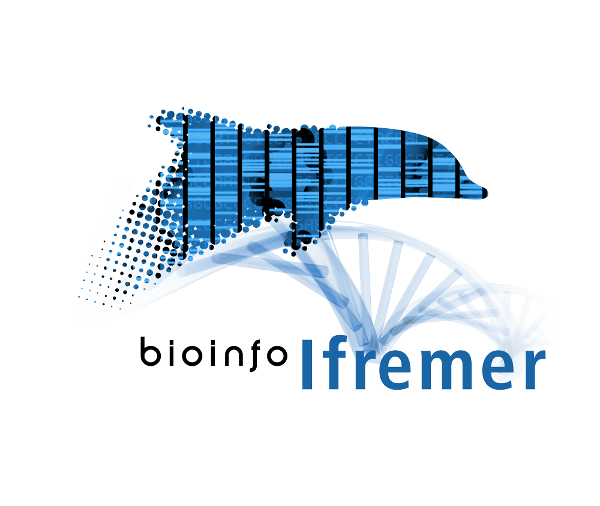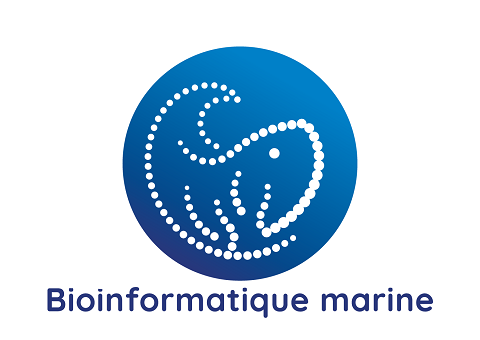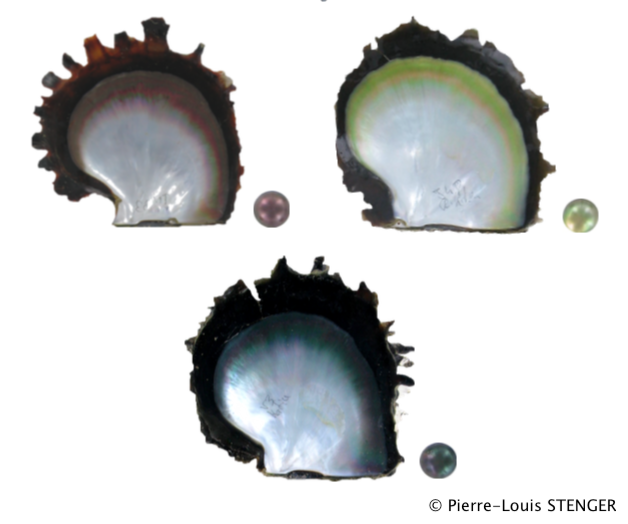Habitats and biotopes
Type of resources
Available actions
Topics
Keywords
Contact for the resource
Provided by
Years
Formats
Representation types
Update frequencies
status
Scale
Resolution
-

160 whole genomes sequences obtained from 160 individual fish samples representing about 100 different species present in Gulf of Lion, and bay of Biscay.
-

This study aims to compare different metabarcoding sequences of commercially fished shrimps collected by tree counties on the North Brazil Shelf Large Marine Ecosystem
-

The eleven collected wild strains of T. lutea were compared phenotypically, in particular with regard to their pigment and lipid profiles. The genome of each T. lutea strain was also sequenced to investigate the genetic structure and genome organisation of this species. Collected data were summarized in a genome browser to provide easy-to-use support for the scientific community (https://genomes-catalog.ifremer.fr). This provides an important resource- to understand, exploit and predict the biodiversity of this species.
-

ddRAD genotyping was used to evaluate population connectivity and putative loci under selection in honeycomb worm from 13 sites spanning its distribution in the Atlantic and Mediterranean coasts.
-

scRNA-seq reads from a Pacific oyster (Crassostrea gigas) hemocyte preparation. Hemocytes were isolated from a unique immunologically naive animal (Ifremer Standardized Animal, 18 months) and single-cell drop-seq technology was applied to 3,000 individual hemocytes.
-

Whole genome pooled sequencing of individuals from 4 populations and 3 different color phenotype in order to uncover the genetic variants linked to color expression in the pearl oyster P. margaritifera.
-

This dataset concerns sequences from the metabarcoding analysis (bacteria & archaea) of 4 hydrothermal sites from the TAG field (2 inactive sites & 2 weakly active sites) collected during the HERMINE2 oceanographic campaign.
-

Here, our study aimed to first assess the influence of plastic on the bacterial community belonging to water, plastic and the microbiome of the giant clam and on the organism's physiology of this putative sentinel species. Our second objective was to identify bacteria whose abundance varies significantly with plastic concentration. Overall, this study will fill the gap towards a better understanding of the impact of plastic pollution on bacterial community assemblages in both inert and living environments.
-

Metagenomic analysis of clams from Sanaga river in Cameroon to describe the virome
-

Land-sea continuum microbiome analyses in 4 coastal French sites and in oysters aimed at evaluating human impact on coastal ecosystems and new potentiel microbiological sanitary risks.
 Catalogue PIGMA
Catalogue PIGMA